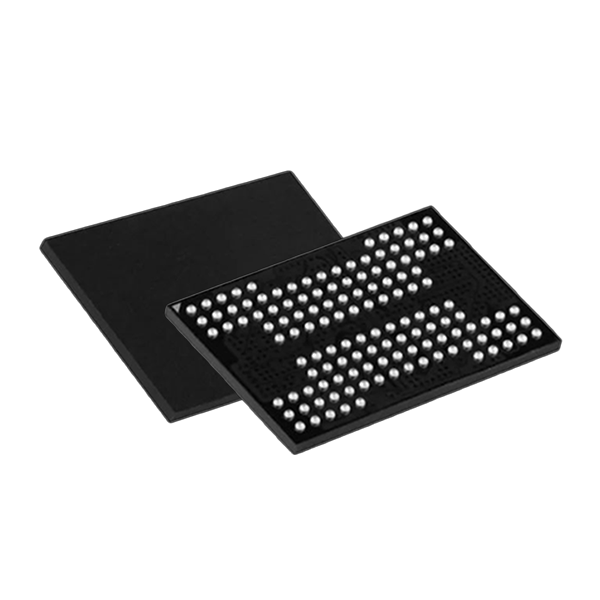Ball Gate Array BAG132 Factory Manufacturer Manufacturing
Innovation is the driving force behind progress, shaping the way we live, work, and interact with the world around us. The evolution of products like BAG132 exemplifies this principle, demonstrating how advancements in design, technology, and functionality can transform everyday objects into indispensable tools. In this article, we delve into the journey of innovation that has shaped the evolution of BAG132, from its inception to its current state as a versatile and indispensable accessory.
BAG132 is a product that has undergone a remarkable evolution since its inception. From its humble beginnings as a simple bag to its current status as a multifunctional accessory, BAG132 has continuously adapted to meet the changing needs and demands of consumers. The evolution of BAG132 can be attributed to a combination of factors, including advancements in materials, design techniques, and user feedback.
One of the key drivers of innovation in BAG132 is the use of advanced materials and manufacturing processes. Early iterations of BAG132 were typically made from conventional fabrics such as cotton or polyester. However, as new materials became available, manufacturers began experimenting with innovative fabrics and coatings to enhance the durability, water resistance, and overall performance of BAG132. Today, BAG132 is often crafted from high-tech materials such as ballistic nylon, Cordura, or TPU-coated fabrics, offering predominant strength, abrasion resistance, and weatherproofing capabilities.
Another factor contributing to the evolution of BAG132 is the integration of smart design features and functionalities. Over the years, designers have continuously refined the design of BAG132 to optimize its usability and versatility. Early versions of BAG132 were relatively simple in design, consisting of a main compartment and a few pockets for storage. However, as consumer needs evolved, designers began incorporating innovative features such as adjustable straps, modular compartments, and RFID-blocking pockets into BAG132, enhancing its functionality and user experience.
User feedback has also played a crucial role in shaping the evolution of BAG132. By listening to the needs and preferences of consumers, manufacturers have been able to identify areas for improvement and innovation. Through surveys, focus groups, and direct feedback from customers, manufacturers have gained valuable insights into the usability, durability, and design of BAG132, pilot to iterative improvements and refinements over time. Today, BAG132 reflects the culmination of this collaborative process, offering a product that meets the diverse needs and preferences of its users.
Furthermore, technological advancements have had a significant impact on the evolution of BAG132. With the advent of digital manufacturing technologies such as 3D printing and computer-aided design (CAD), designers have greater flexibility and precision in creating prototypes and iterating on designs. This has allowed manufacturers to experiment with new shapes, structures, and materials in the development of BAG132, resulting in innovative designs that push the boundaries of what is possible.
The evolution of BAG132 is also influenced by broader trends in consumer behavior and lifestyle preferences. As consumers increasingly prioritize convenience, durability, and sustainability in their purchasing decisions, manufacturers have responded by incorporating these values into the design and production of BAG132. Today, BAG132 is often designed with features such as eco-friendly materials, recyclable components, and modular designs that allow for easy repair and customization, reflecting a commitment to sustainability and longevity.
In conclusion, the evolution of BAG132 is a testament to the power of innovation and adaptation in meeting the changing needs and preferences of consumers. From its origins as a simple bag to its current status as a multifunctional accessory, BAG132 has continuously evolved to stay relevant in a dynamic and ever-changing market. By leveraging advancements in materials, design, technology, and user feedback, manufacturers have created a product that is not only functional and durable but also reflective of the values and aspirations of its users.
 EN
EN CN
CN ES
ES RU
RU








